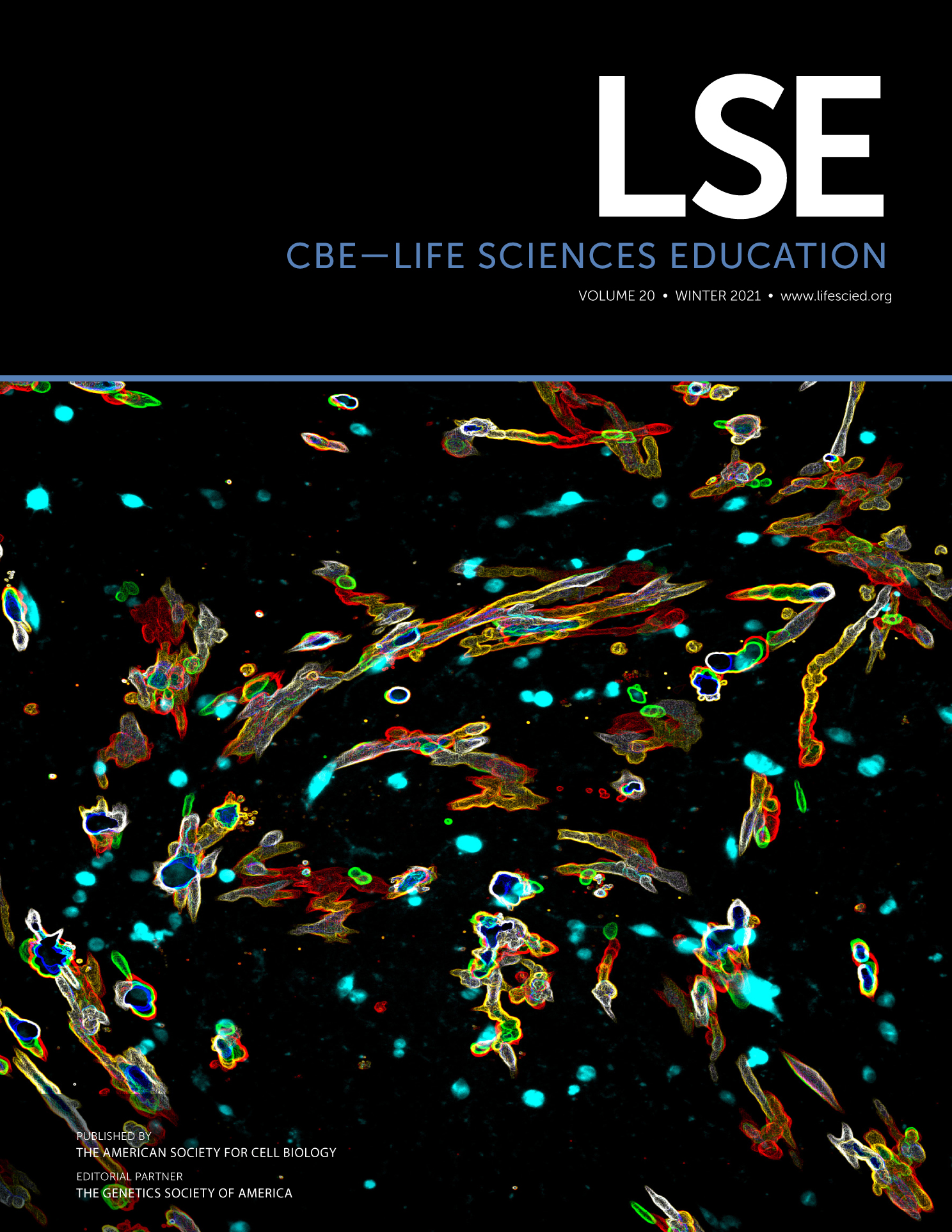Connecting the Dots from Professional Development to Student Learning
Abstract
Following professional development (PD), implementation of contemporary topics into high school biology requires teachers to make critical decisions regarding integration of novel content into existing course scope and sequence. Often exciting topics, such as neuroscience, do not perfectly align with standards. Despite commitment to enacting what was learned in the PD, teachers must adapt novel content to their perceptions of good teaching, local context, prior knowledge of their students, and state and district expectations. How teachers decide to integrate curricula encountered from PD programs may affect student outcomes. This mixed-methods study examined the relationship between curricular application strategies following an inquiry-based neuroscience PD and student learning. Post-PD curricular implementation was measured qualitatively through analysis of teacher action plans and classroom observations and quantitatively using hierarchical linear modeling to determine the impact of implementation on student performance. Participation in neuroscience PD predicted improved student learning compared with control teachers. Of the two distinct curricular implementation strategies, enacting a full unit produced significantly greater student learning than integrating neuroscience activities into existing biology units. Insights from this analysis should inform teacher implementation of new curricula after PD on other contemporary biology topics.



